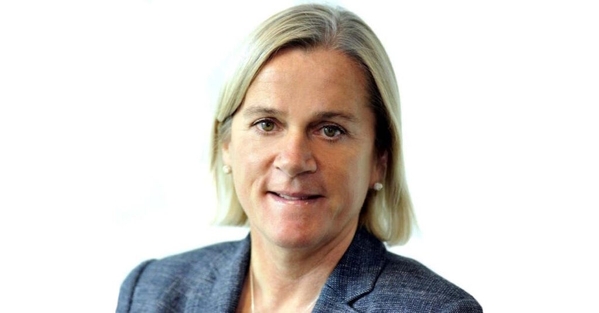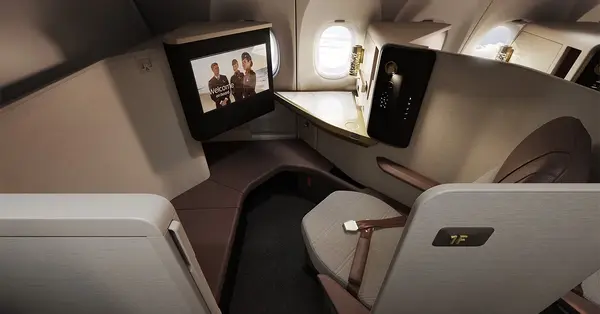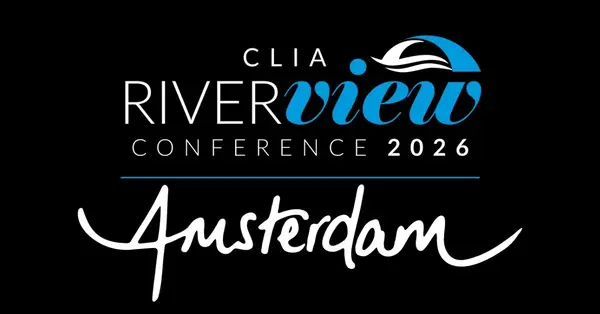You are viewing 1 of your 2 free articles
Cruise gratuities are the sector’s biggest barrier to growth in Europe
Brands need to take stock of different cultural attitudes, says Digital Drums’ Steve Dunne
I love cruising. Over the past decade I have surpassed, comfortably, the 50-plus milestone of sailings.
I have sailed with many cruise lines, from upmarket to mainstream, and from American to Italian to British brands. In terms of days at sea, I am closing in on the four-figure nights mark, having sailed in Asia, Europe, North and South America and Australia. If I could live on a cruise ship permanently, I would, and without a second thought.
Over the years, I must have converted hundreds of people to give cruising a go, and I have even developed a series of responses that persuasively put to bed the arguments that even the most determined non-cruiser puts forward as to why they will not consider cruising, from “I suffer with sea sickness” to “those big ships promote overtourism”.
But there is one criticism that even I struggle to counter. Indeed, my heart sinks when the issue is raised by a non-cruiser, or even by people who do cruise but dislike this aspect of the experience. I’m talking, of course, about tipping – or gratuities, to use the cruise parlance. For me, it is without doubt the thorniest of issues, and one that I believe holds back the cruise sector in a way no other single criticism does.
It may of course just be a cultural issue – a big red line that separates North America (and therefore the largest percentage of cruise brands) from Britain, Europe and Australia.
Cultural differences
In North America – where the world’s two biggest cruise brands hail from – there is a strong tipping culture. It is expected from both the brand and the employee, and anticipated and accepted by the customer. It is, in effect, not so much about service as about compensating for low wages. But in the UK and most of Europe, tipping is seen as a reward for going above and beyond the expected level of service. It is given, often, with pleasure and gratitude.
I actually quit sailing with one brand two years ago – one with which I had reached its top-tier loyalty programme – because of what I felt was a company culture increasingly built on the constant ‘nickel and diming’ of the guest. Having paid, as an add-on to the fare, quite considerable gratuities on my bill before the cruise, I was then presented at the end of my cruise with an envelope jauntily stating “Tip, tip hooray!” Despite my having already paid a quite considerable gratuities payment, the brand was now holding out its hand for more!
Much as I loved that brand, as a British consumer it left a dreadful taste in the mouth and in the end drove me away from the 10-year relationship I had had with it.
Handbrake on growth
Don’t get me wrong: I am not against tipping. I always tip my regular servers, bar staff and stateroom attendants, particularly if they have gone above and beyond what I expect. And it appears that it is the same for those friends and colleagues who raise the subject of tipping when I seek to persuade them to try a cruise.
It is, I believe, this giant disconnect between the majority of North American cruise brands and their European customers that is acting as a handbrake on the growth of cruise.
If the cruise sector really wants to fulfil its huge potential, it needs to take stock of the different cultural attitudes to tipping that exist across the international markets.
And from a purely selfish standpoint, it would give me a quotable quote to combat the pushback I receive from those that don’t like the tipping and constant nickel-and-diming approach of the majority of cruise lines.
If the cruise sector can do that, I will be able to convert many more non-cruisers to the cause – and I’m sure you will be able to do so too.


















